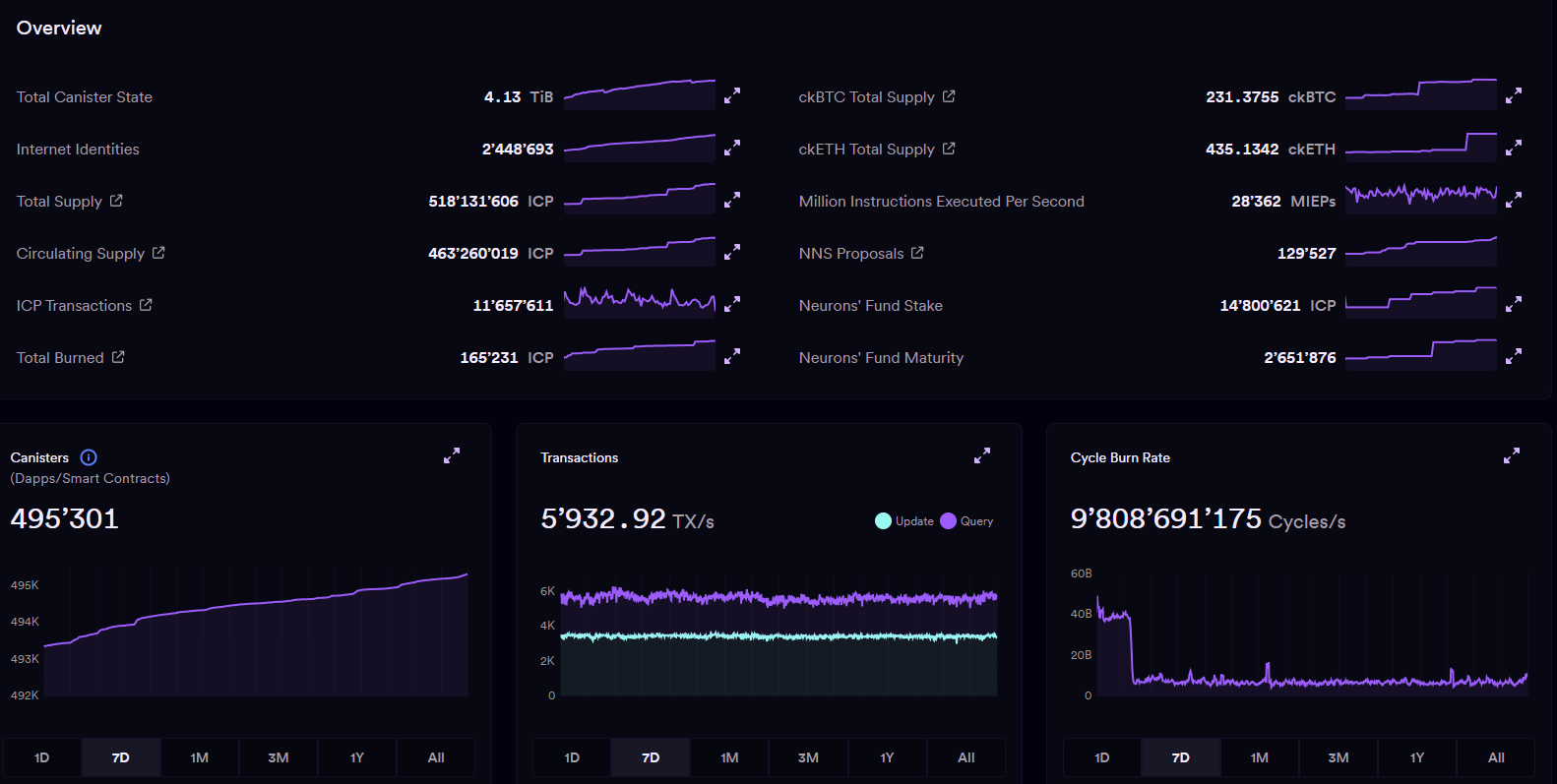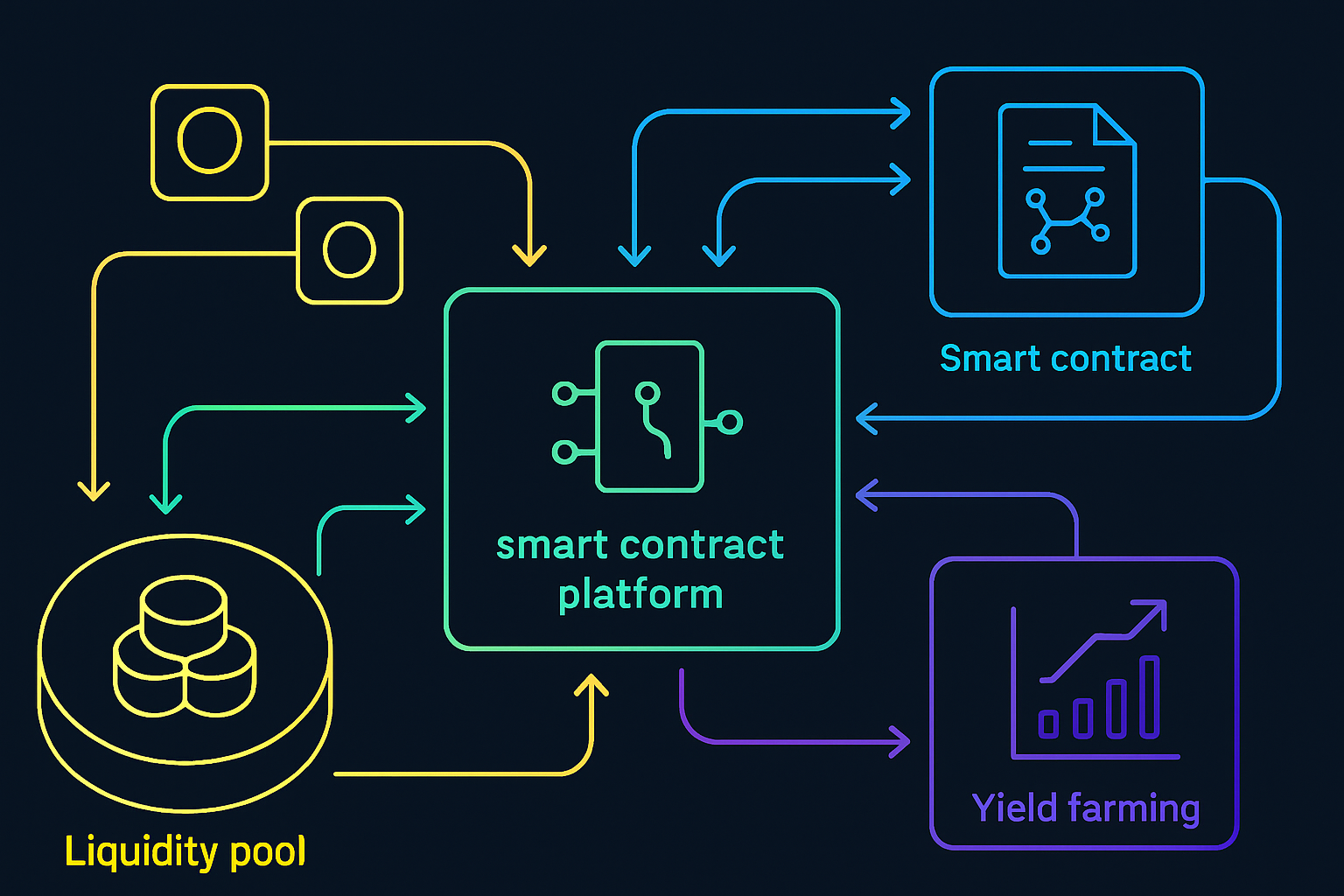
In the rapidly evolving decentralized finance (DeFi) landscape, protocol risk is a persistent concern for both institutional and retail investors. As billions flow into smart contracts, the stakes of exploits, stablecoin depegs, and governance failures have never been higher. Traditional risk management tools are often inadequate or too slow to respond to the unique, real-time threats that define DeFi. Enter crypto prediction markets: decentralized platforms where investors can hedge against protocol-specific risks by speculating on the outcomes of future events.

What Are DeFi Prediction Markets and Why Are They Gaining Traction?
DeFi prediction markets enable users to buy and sell event-based contracts that pay out depending on the outcome of specific scenarios. In the context of protocol risk, this might mean betting on whether a stablecoin will lose its peg, a smart contract will be exploited, or a DAO will pass a controversial governance proposal. Unlike centralized betting platforms, these markets are powered by smart contracts, ensuring transparency and censorship resistance.
Platforms such as Polymarket, Gnosis, and Y2K Finance have seen growing adoption as they offer a real-time pulse on collective sentiment. Notably, these markets often serve a dual purpose: they provide investors with a means to hedge, and they aggregate crowd intelligence to signal risk levels in the DeFi ecosystem. Quadratic voting and open liquidity pools further increase the robustness of probability assessments, making prediction markets a valuable complement to traditional DeFi risk management tools.
Hedging Protocol Risk: From Theory to Practice
How can prediction markets be used to actively hedge DeFi protocol risk? Let’s break down the most practical applications:
- Protocol Exploit Markets: Some platforms list contracts on the probability of a major exploit or loss event in a given protocol (e. g. , “Will Protocol X lose more than $10 million by year-end?”). Investors with exposure to that protocol can buy protection by taking a position in these markets. If the negative event occurs, the payout can offset portfolio losses.
- Stablecoin Depeg Contracts: Depeg risk is a top concern in DeFi. Markets like Y2K Finance and Cork Protocol let users bet on whether a stablecoin such as USDT or USDC will trade below $0.99 for a sustained period. Investors can purchase depeg protection or short the peg, creating a direct hedge against stablecoin volatility.
- Event-Driven Insurance: By combining prediction market signals with decentralized insurance platforms (such as Nexus Mutual), investors can calibrate their coverage based on market-implied probabilities. If a prediction market signals rising exploit risk for a protocol, this can trigger a timely insurance purchase for added protection.
These strategies are especially relevant for DAOs and large DeFi treasuries, where governance decisions and treasury allocations depend on accurate risk signals. Event-based crypto insurance products, informed by prediction markets, are now being integrated into treasury management frameworks.
Market Sentiment as a Risk Management Signal
One of the most powerful aspects of prediction markets is their ability to aggregate and reflect real-time market sentiment. The price and trading volume of event contracts act as a barometer for perceived risk. For example, if the probability of a stablecoin depeg contract spikes, it’s a clear warning signal for investors to reassess their stablecoin exposure and consider hedging options.
Unlike static audits or quarterly risk reports, prediction markets are dynamic. They react instantly to new information, such as a critical vulnerability disclosed on GitHub or a sudden change in on-chain activity. This agility makes them a crucial addition to the DeFi risk management toolkit, especially for those seeking to hedge against protocol hacks or sudden market dislocations.
Integrating Prediction Markets Into Your DeFi Risk Strategy
For investors looking to deploy these tools, diversification is key. Engaging with multiple prediction market platforms provides a broader perspective on ecosystem risks. Additionally, integrating prediction market signals with insurance products and on-chain analytics can create a layered defense, reducing the likelihood of catastrophic loss from a single event.
To learn more about evaluating protocol vulnerabilities and designing a comprehensive risk mitigation plan, see our guide on how to assess protocol failure risk before investing in DeFi projects.
Institutional allocators and sophisticated DeFi users are increasingly treating prediction markets as a core component of their DeFi protocol risk hedging stack. These markets not only offer a direct financial hedge but also serve as an early warning system, flagging shifts in sentiment that may precede volatility or protocol distress. For example, a sudden surge in open interest on an exploit contract can signal growing unease, prompting risk officers to rebalance exposure or tighten collateral requirements.
Importantly, the composability of DeFi means prediction markets can be integrated with lending, staking, and collateral protocols. This creates opportunities for automated hedging strategies, such as smart contracts that dynamically adjust insurance coverage or collateral ratios in response to market-implied risks. As the ecosystem matures, expect to see more DAOs and asset managers leveraging these integrations to protect treasury assets and optimize yield, without sacrificing security.
Best Practices: Building a Resilient DeFi Portfolio
- Monitor Multiple Signals: Don’t rely solely on prediction markets. Combine their signals with on-chain analytics, protocol audits, and community governance forums to triangulate risk.
- Size Positions Appropriately: Use event-based contracts to hedge only the portion of your portfolio exposed to a given risk. Over-hedging can erode returns, while under-hedging leaves you vulnerable.
- Stay Agile: The DeFi landscape evolves rapidly. Regularly revisit your hedging strategies as new markets, products, and risk vectors emerge.
For everyday DeFi users, accessing these tools is becoming more intuitive. Platforms like Polymarket and Y2K Finance offer user-friendly interfaces and transparent market data, lowering the barrier to entry for those seeking crypto prediction markets insurance. Meanwhile, insurance protocols are increasingly referencing prediction market outcomes to calibrate premiums and coverage terms, creating a feedback loop that benefits the entire ecosystem.
The Regulatory Perspective: Navigating Compliance in Crypto Prediction Markets
As prediction markets gain traction as DeFi risk management tools, regulatory scrutiny is intensifying. Jurisdictions differ in their treatment of event-based derivatives and insurance products, with some viewing them as gambling and others as legitimate financial instruments. For investors, it’s critical to understand the legal status of these platforms in your region and to factor in potential compliance risks when designing a hedging strategy.
Protocols that prioritize transparency, robust KYC/AML controls, and clear disclosures are better positioned to weather regulatory shifts. As always, due diligence is essential, review smart contract audits, governance structures, and platform reputations before allocating capital.
Looking Ahead: The Future of Event-Based Crypto Insurance
The fusion of prediction markets with decentralized insurance and derivatives is unlocking a new generation of event-based crypto insurance products. These tools empower users to hedge against tail risks, such as stablecoin depegs or protocol hacks, while contributing to a more resilient DeFi ecosystem. As liquidity deepens and data quality improves, expect prediction markets to play an even greater role in shaping how investors manage risk and allocate capital.
For those committed to staying ahead of systemic shocks, integrating prediction markets into your risk management framework is no longer optional, it’s essential. Stay informed, stay resilient.



